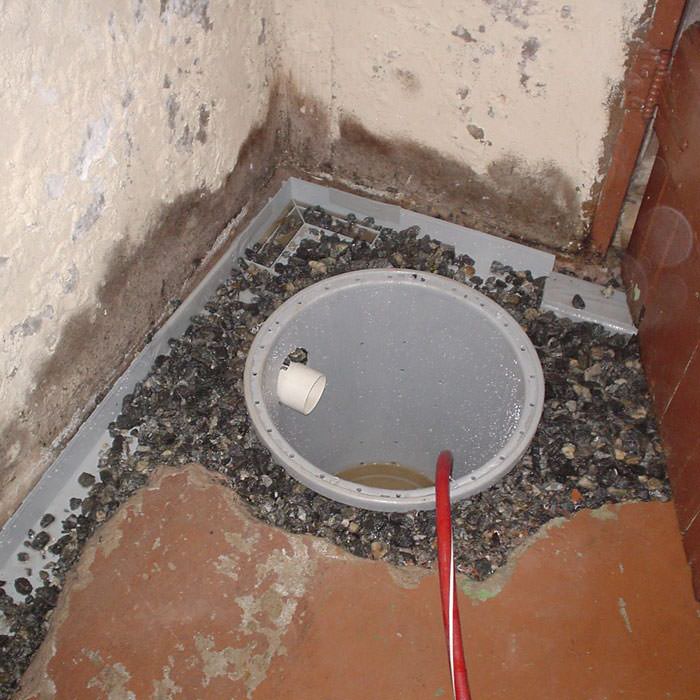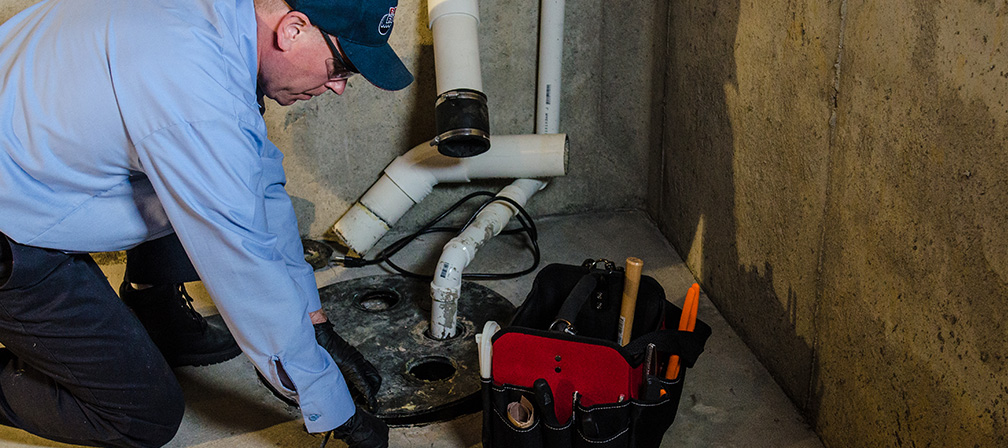Confirmed Solutions for Caring for a Sump Pump
Confirmed Solutions for Caring for a Sump Pump
Blog Article
This post directly below involving Steps to Cleaning Your Sump Pump Properly is highly motivating. Give it a go and make your own results.

Sump pumps are important components in lots of homes, especially in locations susceptible to flooding or extreme wetness. They aid prevent water damage by effectively removing excess water from cellars or crawl spaces. Nevertheless, like any other home appliance, sump pumps call for regular maintenance to ensure they operate successfully when required the most. Cleaning your sump pump is an essential part of its upkeep, and understanding exactly how to do it correctly can save you from pricey repairs and potential calamities.
Introduction
Preserving a clean sump pump is vital for its correct performance and longevity. Disregarding this vital task can cause clogs, malfunctions, and eventually, water damages to your home. Therefore, learning exactly how to clean up a sump pump is important for homeowners who rely on these gadgets to maintain their cellars dry and safeguarded.
Indications of a Dirty Sump Pump
Knowing when your sump pump requires cleansing is crucial for preventing possible malfunctions. Some common indicators that indicate a dirty sump pump include unusual sounds throughout procedure, minimized water circulation, and noticeable particles in the pit. If you observe any one of these signs, it's essential to clean your sump pump without delay to avoid any further problems.
Planning for Cleansing
Before you begin cleaning your sump pump, it's essential to take some security precautions. Beginning by shutting off the power to the pump to prevent any kind of electric accidents. Additionally, wear appropriate protective gear, such as gloves and safety glasses, to shield yourself from dust, debris, and potential microorganisms.
Understanding the Sump Pump
Prior to diving right into the cleansing procedure, it's important to have a standard understanding of exactly how a sump pump works. Usually mounted in a pit or basin listed below the cellar flooring, a sump pump includes a number of key components, including a pump, a float switch, and a discharge pipeline. When water collects in the pit, the float button triggers the pump, which after that pumps the water out with the discharge pipeline, away from the structure's foundation.
Detailed Guide to Cleaning a Sump Pump
Shutting Off the Power
Begin by detaching the power supply to the sump pump to stop any type of accidents while cleansing.
Looking For Proper Performance
Before reinstalling the pump, execute a quick test to guarantee that the float switch turns on the pump correctly. Pour some water right into the sump pit and observe the pump's operation. If every little thing is functioning properly, you can reassemble the pump and reconnect the power supply.
Removing Debris and Dirt
Utilize a pail or an inside story to eliminate any visible debris, dirt, or sediment from the sump pit. Dispose of the debris appropriately to avoid it from blocking the pump or the discharge pipe.
Cleaning the Pump and Float Switch Over
When the pit is clear of debris, thoroughly eliminate the pump from the pit. Evaluate the pump and the float button for any indicators of damage or wear. Use a soft brush or towel to cleanse the surfaces and get rid of any type of gathered gunk.
Flushing the System
After cleansing the pump and float button, flush the sump pit with clean water to remove any type of staying dust or sediment. This will aid ensure that the pump runs efficiently and efficiently.
Upkeep Tips to Maintain Your Sump Pump Clean
Along with periodic cleansing, there are a number of upkeep pointers you can follow to maintain your sump pump in ideal problem:
Final thought
Cleaning your sump pump is a crucial facet of its maintenance and makes sure that it operates successfully when you need it one of the most. By complying with the steps laid out in this overview and including routine upkeep into your routine, you can extend the life-span of your sump pump and safeguard your home from water damage.
6 STEPS ON HOW TO CLEAN A SUMP PUMP PROPERLY
UNDERSTANDING SUMP PUMPS
Your sump pump plays a crucial role in protecting your home by managing and removing excess water. It primarily functions as a “shield”, guarding your basement against the damaging effects of water accumulation. The pump is housed in a sump pit in the lowest part of your basement, and its job is to pump out any water that collects there.
During heavy rainfalls or when snow melts rapidly, water can infiltrate your basement, posing potential risks like flooding, structural damage, and harmful mold growth. Here, the sump pump springs into action, pumping out the intruding water and directing it away from your home.
SAFETY FIRST
Before cleaning, remember to prioritize safety. Disconnect the sump pump from the power source to prevent any accidental electric shocks. Also, wear sturdy gloves to protect your hands from any sharp or dirty components within the pump.
REMOVE THE SUMP PUMP
After ensuring your safety, the next step is to remove the sump pump from its pit. Doing this might require careful maneuvering as you don’t want to damage any pump components. Once removed, clean the sump pit to remove any accumulated debris or sludge.
INSPECT THE PUMP
Inspect the pump for any visible signs of wear or damage. Check the power cord, float switch, and impeller housing. If any components look worn out or damaged, consider replacing them to ensure optimal performance.
CLEAN THE PUMP
Thoroughly clean the pump with warm, soapy water. Make sure to rid it of any dirt, gravel, or other debris that might impede its performance. You can use a toothbrush to clean the small, hard-to-reach parts of the pump.
REINSTALL THE SUMP PUMP
Reinstall the pump into the sump pit Make sure it’s positioned correctly to remove the water effectively Once it’s back in place, reconnect it to the power source TEST THE PUMP
Finally, pour some water into the pit to ensure the pump works correctly. It should start automatically and begin pumping out the water; if it doesn’t, check the power source and the positioning of the pump.
Remember, while cleaning your sump pump is an essential part of home maintenance, hiring a professional plumber for a thorough inspection and cleaning at least once a year is also important. This will ensure that your pump is in optimal condition, ready to protect your home from potential water damage.
BEST PRACTICES FOR CLEANING SUMP PUMP DISCHARGE PIPES
Regular Inspection: Regularly inspect your discharge pipes, especially during heavy rainfall or snowmelt periods. Look for any signs of blockage or damage. Early detection of problems can prevent serious issues down the line. Periodic Cleaning: Over time, sediment and debris can accumulate in the discharge pipes, impeding the flow of water. Regular cleaning helps keep the pipes clear and functioning efficiently. You can use a high-pressure water jet to effectively clean the pipes. Insulation During Winter: In colder climates, discharge pipes can freeze, blocking the outflow of water. Protect your discharge pipes from freezing temperatures by insulating them with foam pipe insulation. This will ensure the sump pump can continue to discharge water even in freezing conditions. Proper Positioning: The discharge pipe should be positioned to direct water away from your home’s foundation. Improper positioning can lead to water seeping back into the basement. Ensure the pipe is long enough and angled correctly. Installation of a Check Valve: A check valve prevents water from flowing back into your sump pit after the pump has pushed it out. Installing a check valve helps maintain the efficiency of your sump pump and reduces the risk of flooding. Minimize Pipe Turns: Every curve or turn in the discharge pipe can decrease the efficiency of water flow. By minimizing turns and bends in your discharge pipe, you can increase the efficiency of your sump pump. https://www.fullspeedplumbing.com/how-to-clean-a-sump-pump-properly9999/

I have been very fascinated with Keep Your Sump Pump Clean, It'll Keep You Dry and I'm hoping you liked my entry. Are you aware of somebody else who is serious about the topic? Please feel free to promote it. I praise you for your time. Revisit us soon.
Hire A Pro Report this page